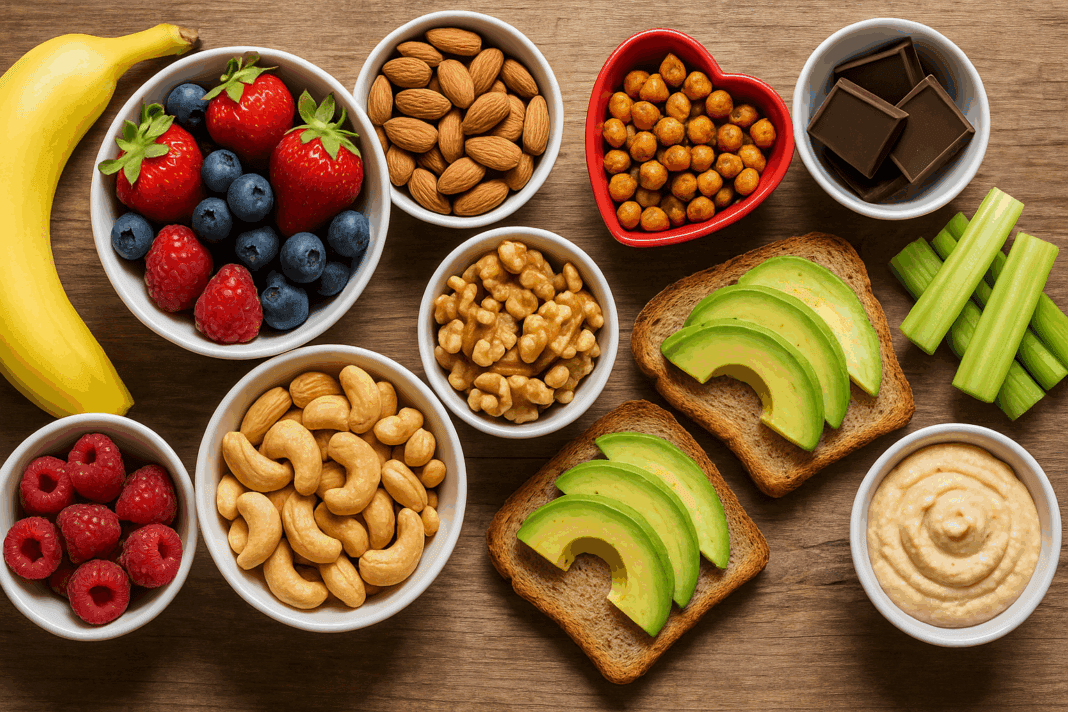Understanding the Role of Diet in Blood Pressure Regulation
High blood pressure, or hypertension, remains one of the most pervasive chronic health conditions worldwide, contributing to serious complications such as heart disease, stroke, and kidney damage. While genetics and lifestyle choices play significant roles in the development of hypertension, dietary patterns are among the most modifiable risk factors. Extensive research has demonstrated that nutrient-dense foods rich in potassium, magnesium, fiber, and antioxidants can support blood vessel health, regulate sodium balance, and promote vasodilation. These properties, when consistently incorporated into daily meals and snacks, can help lower elevated blood pressure levels or prevent hypertension from progressing.
You may also like: 4 Ways to Have a Healthy Diet: Expert Tips Backed by Science for Better Nutrition and Long-Term Wellness
Snacking habits, often overlooked in dietary planning, can significantly impact cardiovascular health. Choosing heart-friendly snacks can be a practical and enjoyable way to support long-term wellness. Unlike traditional meals, snacks offer more frequent opportunities throughout the day to incorporate health-promoting nutrients. This is particularly important for individuals managing high blood pressure, as poorly chosen snacks can lead to excessive sodium intake, unhealthy weight gain, and increased cardiovascular risk. In contrast, mindful snacking with nutrient-dense options offers a sustainable path to better blood pressure control. In this article, we explore the top 10 best snacks for high blood pressure, each supported by scientific evidence and chosen for its heart-protective properties.
Avocados: A Creamy Source of Potassium and Healthy Fats
Avocados are often praised for their creamy texture and rich nutrient profile, but their benefits extend well beyond taste. As a snack, avocado slices spread on whole grain toast or enjoyed with a drizzle of olive oil and lemon juice can offer a powerful combination of heart-healthy nutrients. Rich in potassium—a mineral known for its ability to offset the effects of sodium—avocados help relax blood vessels and lower vascular resistance. A single avocado contains over 950 mg of potassium, making it one of the top plant-based sources of this essential mineral.
Additionally, avocados provide monounsaturated fats, which have been shown to support lower LDL cholesterol levels and reduce arterial inflammation. This is particularly relevant for individuals with hypertension, as vascular inflammation can exacerbate blood pressure imbalances. Fiber content in avocados also aids in satiety and blood sugar regulation, helping to stabilize energy levels throughout the day. When enjoyed in moderation, avocados are among the best snacks for high blood pressure, offering both flavor and function in every bite.
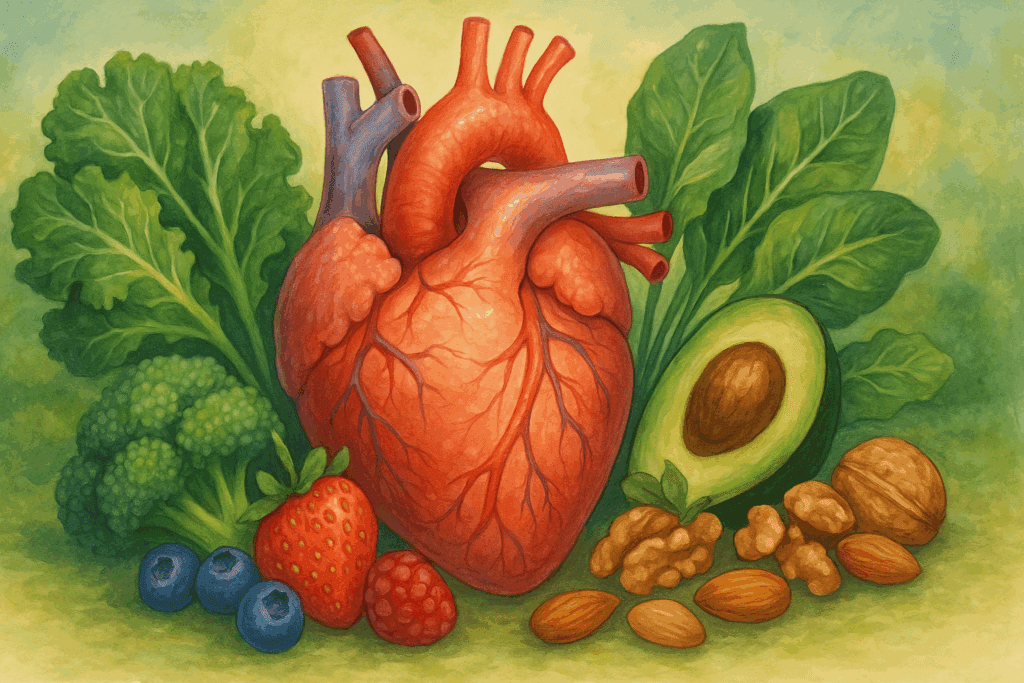
Greek Yogurt with Berries: A Protein-Rich, Probiotic Powerhouse
Greek yogurt combined with a handful of fresh berries serves as a nutritionally balanced snack that targets several risk factors associated with hypertension. Greek yogurt is notably high in protein, which promotes satiety and helps manage weight—an important factor in blood pressure regulation. Moreover, the probiotics found in fermented dairy products may influence blood pressure by supporting a healthy gut microbiome. Emerging research links gut health to systemic inflammation and vascular function, suggesting that probiotic-rich snacks may offer indirect cardiovascular benefits.
Berries such as blueberries, raspberries, and strawberries bring an additional layer of heart health through their dense antioxidant content, particularly anthocyanins. These plant compounds have been shown in human studies to improve endothelial function and reduce oxidative stress—both key contributors to hypertension. When combined, Greek yogurt and berries create one of the most convenient and satisfying snacks for high blood pressure, packing a powerful punch of beneficial nutrients without excessive calories or sodium.
Nuts: Crunchy Allies in Blood Pressure Control
Nuts, especially varieties like almonds, walnuts, and pistachios, are widely recognized for their role in supporting cardiovascular health. When consumed in appropriate portions—typically around a small handful per day—nuts offer a rich blend of magnesium, potassium, healthy fats, and fiber. Magnesium, in particular, plays a crucial role in blood pressure regulation by acting as a natural calcium channel blocker, helping blood vessels to relax and widen.
Several clinical trials have confirmed the blood pressure-lowering effects of nuts. The DASH (Dietary Approaches to Stop Hypertension) study, a landmark trial in nutrition science, includes nuts as a core food group due to their beneficial impact on blood pressure. Pistachios, for instance, have been associated with reductions in both systolic and diastolic blood pressure in randomized controlled trials. Importantly, nuts are satiating and can help prevent overeating and unhealthy snacking. For those looking to manage hypertension, nuts represent one of the best snacks for high blood pressure, offering both portability and nutritional density.
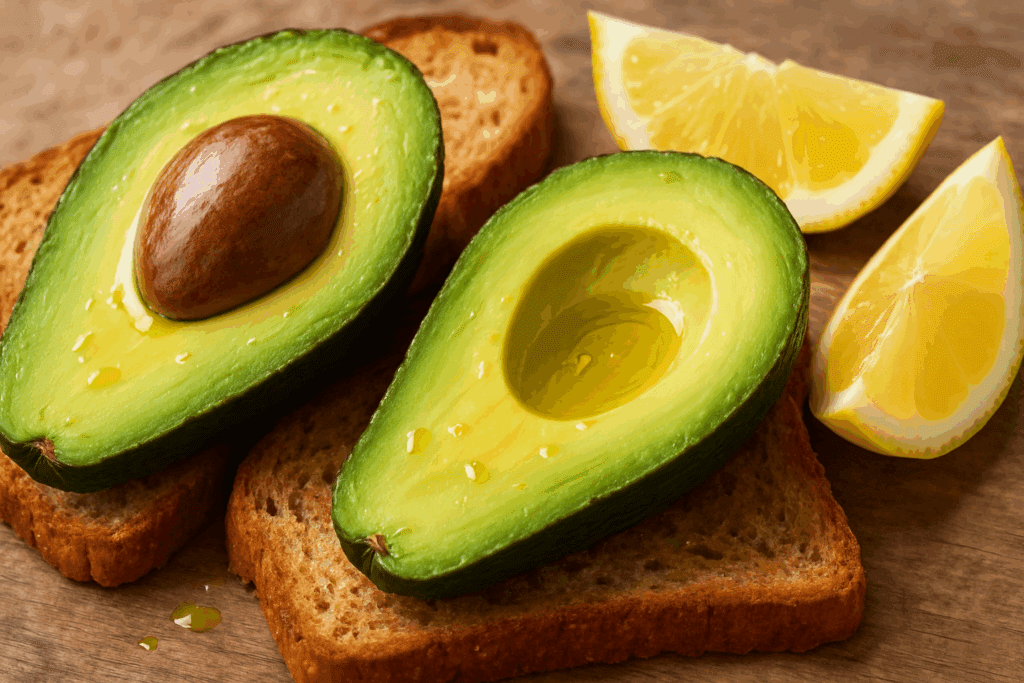
Celery with Hummus: A Low-Calorie, Nutrient-Rich Pairing
Celery may not always be viewed as a standout snack, but its high water content and natural supply of phthalides—a class of phytochemicals known to support blood vessel relaxation—make it a surprisingly potent ally against hypertension. The crisp texture of celery satisfies the need for a crunchy snack without contributing excess calories or sodium, making it ideal for those monitoring their blood pressure.
Pairing celery with hummus, a spread made from chickpeas, tahini, olive oil, and lemon juice, enhances both flavor and nutritional value. Chickpeas are high in fiber and plant-based protein, and they provide a moderate amount of potassium and magnesium, both beneficial for blood pressure control. Olive oil, a staple of the Mediterranean diet, is rich in anti-inflammatory compounds that support endothelial health. When enjoyed together, celery and hummus form a balanced, heart-conscious snack option that is both satisfying and supportive of cardiovascular wellness.

Oats and Chia Pudding: A Slow-Release Energy Boost
Oats have long been a staple in heart-healthy diets due to their high beta-glucan content, a soluble fiber known to lower LDL cholesterol and improve arterial health. As a snack, oats can be transformed into overnight oats or chia pudding—versatile, no-cook options that are easy to prepare and enjoy on the go. Combining oats with chia seeds, which are rich in omega-3 fatty acids, magnesium, and antioxidants, enhances the cardiovascular benefits.
The slow-digesting nature of these ingredients helps maintain stable blood sugar and energy levels, reducing the likelihood of energy crashes or cravings for salty, processed foods. Chia seeds also absorb water and expand, promoting satiety and hydration—two important factors in overall blood pressure management. Adding a dash of cinnamon or fresh fruit can boost flavor and nutritional content without compromising the snack’s health benefits. With their nutrient-rich profile and satisfying texture, oats and chia pudding stand out as some of the best snacks for high blood pressure.
Edamame: A Plant-Based Protein Packed with Nutrients
Edamame, or steamed young soybeans, is another excellent snack choice for individuals seeking to manage or reduce high blood pressure. Rich in plant-based protein, fiber, and essential minerals such as potassium, magnesium, and folate, edamame offers a well-rounded nutrient profile. Studies have shown that diets rich in soy-based foods can contribute to reductions in blood pressure, especially in individuals with elevated baseline levels.
The isoflavones found in soybeans have been investigated for their vasodilatory properties, which can help improve arterial elasticity and blood flow. Additionally, edamame is naturally low in sodium and can be seasoned lightly with herbs or lemon juice to enhance taste without compromising cardiovascular health. Whether enjoyed warm or cold, edamame serves as one of the most satisfying and effective snacks for high blood pressure, aligning with plant-forward dietary patterns that support long-term wellness.
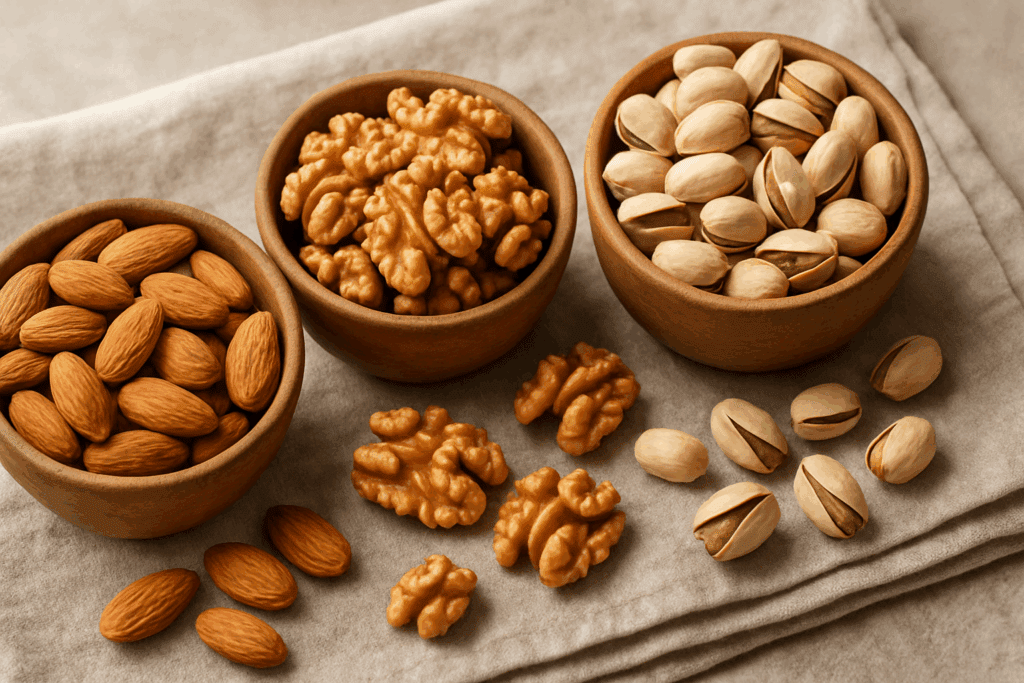
Bananas with Peanut Butter: A Sweet-Savory Nutritional Duo
Bananas are well-known for their high potassium content, offering over 400 mg per fruit, which helps balance sodium levels and ease tension in blood vessel walls. When paired with natural peanut butter—free of added sugars or hydrogenated oils—bananas become a balanced snack rich in carbohydrates, protein, and healthy fats. This combination helps stabilize blood sugar levels while delivering key nutrients for blood pressure regulation.
Peanut butter contributes additional magnesium and heart-healthy monounsaturated fats, enhancing its benefits for those with hypertension. While moderation is important due to its calorie density, peanut butter can be a valuable component of a heart-smart diet when used mindfully. The sweet and savory pairing of bananas and peanut butter creates a satisfying snack that delivers sustained energy and promotes cardiovascular balance.
Dark Chocolate: A Decadent Yet Heart-Healthy Indulgence
Dark chocolate, when consumed in moderation and with high cocoa content (70% or more), offers surprising benefits for blood pressure management. Rich in flavanols—plant compounds with vasodilatory effects—dark chocolate has been shown to improve endothelial function and enhance nitric oxide availability, both of which contribute to lower blood pressure. Several meta-analyses have confirmed modest yet significant reductions in systolic and diastolic pressure among individuals consuming dark chocolate regularly.
It’s essential to choose varieties with minimal added sugars and to limit portion size to prevent excess calorie intake. A small square or two of dark chocolate can satisfy cravings while contributing to a heart-conscious eating pattern. Unlike traditional desserts, dark chocolate offers a complex profile of bioactive compounds that support vascular health. As one of the more indulgent snacks for high blood pressure, it proves that healthy eating doesn’t have to mean sacrificing pleasure.
Cottage Cheese with Pineapple: A Protein-Rich, Refreshing Snack
Cottage cheese is a high-protein dairy product that can support muscle maintenance, satiety, and metabolic health—all of which are important for managing high blood pressure. When paired with fresh pineapple, the snack gains an infusion of vitamin C and bromelain, a natural enzyme believed to have anti-inflammatory properties. Choosing low-sodium or no-salt-added versions of cottage cheese is crucial, as traditional varieties can be high in sodium and counterproductive for those with hypertension.
This pairing offers a refreshing blend of sweet and savory flavors while delivering key nutrients such as calcium and phosphorus, which support overall cardiovascular function. The combination is particularly satisfying in warm weather or post-exercise, when the body may benefit from replenishing essential minerals. When selected and prepared mindfully, cottage cheese with pineapple becomes one of the best snacks for high blood pressure, striking a harmonious balance between taste and heart health.
Roasted Chickpeas: A Savory, Fiber-Filled Crunch
Roasted chickpeas have emerged as a popular, plant-based snack that checks multiple boxes for those managing hypertension. High in fiber and plant protein, chickpeas support glycemic control and promote satiety, both of which contribute to healthier eating patterns. Their mineral content—including potassium, magnesium, and iron—makes them particularly suitable for blood pressure regulation.
Preparing roasted chickpeas at home allows for control over sodium content and seasoning. Spices such as turmeric, cumin, and paprika can enhance flavor without adding harmful additives. Their crunchy texture and portability make them a satisfying alternative to traditional salty snacks like chips or crackers. As more individuals seek heart-conscious snacking options, roasted chickpeas stand out as a delicious, accessible, and evidence-backed choice among the best snacks for high blood pressure.
How to Incorporate Heart-Healthy Snacks into Your Daily Routine
Adopting a heart-conscious snacking strategy requires intentionality, but it doesn’t have to be complicated. Start by planning ahead—stock your pantry, fridge, and workplace with ready-to-eat, low-sodium snacks that align with your nutritional goals. Preparation plays a vital role, as pre-portioned servings can help avoid overeating and ensure consistent intake of beneficial nutrients throughout the day.
Timing also matters. Spacing out snacks between meals can help stabilize blood sugar, prevent energy crashes, and reduce the temptation of vending machine options. Choose combinations that offer a mix of fiber, protein, and healthy fats to promote satiety and avoid dramatic fluctuations in blood pressure. It’s equally important to read labels carefully, as many commercial snacks marketed as “healthy” may contain hidden sodium, trans fats, or added sugars that can undermine cardiovascular health.
By integrating scientifically backed snacks for high blood pressure into your routine, you can transform ordinary eating moments into opportunities for healing and prevention. Whether you prefer creamy, crunchy, sweet, or savory options, there are heart-friendly choices to suit every palate and lifestyle.
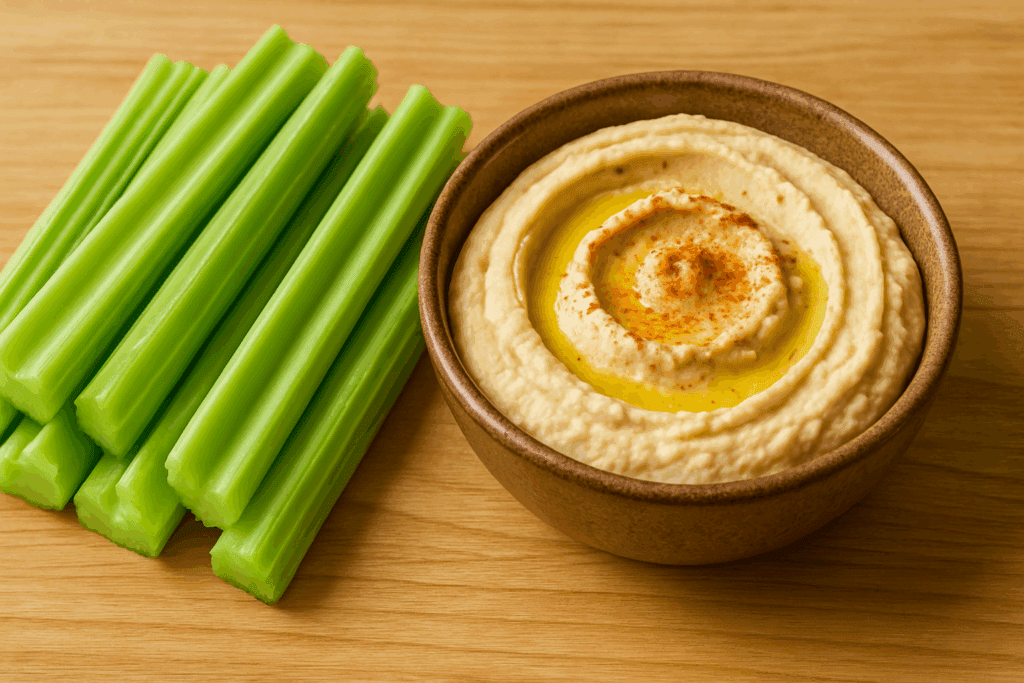
Frequently Asked Questions (FAQ): Best Snacks for High Blood Pressure
What are some lesser-known but effective snacks for high blood pressure?
While many people are familiar with bananas, nuts, and avocados, several underrated options can also support healthy blood pressure levels. For example, boiled beets, when sliced and chilled, make for a vibrant and heart-smart snack due to their high nitrate content, which helps dilate blood vessels. Seaweed snacks are another lesser-known choice, providing a natural source of iodine and potassium with minimal calories. Fermented foods like kimchi and unsweetened kefir, when consumed in small portions, contribute probiotic benefits that may indirectly influence blood pressure regulation. Exploring these unique additions to your list of snacks for high blood pressure can offer both variety and added health benefits.
Can the timing of snacks influence blood pressure control?
Yes, the timing of your snacks can significantly impact how your body regulates blood pressure throughout the day. For individuals prone to large fluctuations in energy or blood sugar, consuming snacks between meals can prevent sudden spikes or drops that stress the cardiovascular system. For example, a late afternoon snack combining protein and complex carbohydrates may help stabilize evening blood pressure readings. Additionally, choosing the best snacks for high blood pressure before stressful events, such as a presentation or commute, can offer both physiological and psychological benefits. Establishing a consistent snacking schedule tailored to your circadian rhythm can support overall heart health.
How do hydration and snacking work together to support lower blood pressure?
Hydration plays a synergistic role when paired with smart snacking. Many of the best snacks for high blood pressure contain fiber, such as oats, fruits, and legumes, which require adequate water to aid digestion and optimize nutrient absorption. Moreover, dehydration can lead to temporary spikes in blood pressure, so accompanying your snacks with water or herbal teas can enhance their effectiveness. Water-rich snacks like cucumbers, watermelon, or unsweetened applesauce offer dual benefits by providing hydration and key nutrients. Creating a daily routine where snacks and fluids are consumed together is an often-overlooked strategy for maintaining stable blood pressure.
Are there psychological benefits to choosing heart-healthy snacks?
Absolutely. Making mindful choices about snacks for high blood pressure can foster a sense of control and empowerment, which positively influences mental well-being. When individuals consistently opt for nutrient-dense options, they often report feeling more energized, less bloated, and emotionally balanced. There’s also a behavioral reinforcement loop—choosing healthy snacks builds confidence in one’s ability to manage a condition like hypertension, which in turn reduces anxiety and promotes adherence to long-term health goals. This positive psychological shift can indirectly benefit cardiovascular outcomes by lowering stress-induced blood pressure elevations. In essence, nourishing your body thoughtfully can also support your emotional health.
How do cultural and regional food traditions influence snack choices for hypertension?
Cultural food practices can be powerful allies in managing blood pressure when traditional ingredients are reimagined with a heart-healthy twist. In Mediterranean diets, for instance, olives and roasted chickpeas are naturally aligned with the best snacks for high blood pressure due to their nutrient density. In Asian cuisine, edamame and miso-based broths can serve as low-sodium, potassium-rich options. Latin American traditions include guacamole with raw vegetables or seasoned jicama, both offering satisfying textures without added sodium. Rather than eliminating cultural snacks, adapting preparation methods—such as reducing added salt or baking instead of frying—makes it easier to enjoy familiar flavors while supporting cardiovascular health.
How do snack choices affect medication effectiveness in hypertension management?
Certain snacks can influence how well blood pressure medications work, especially when it comes to potassium, fiber, and sodium intake. For instance, snacks high in potassium—like baked sweet potatoes or dried apricots—may enhance the effect of medications like ACE inhibitors and ARBs, which help the body excrete sodium. However, excessive intake could pose a risk for individuals with impaired kidney function. Fiber-rich snacks can improve medication absorption, while high-sodium options may counteract drug efficacy. It’s important for patients to discuss dietary patterns, including the best snacks for high blood pressure, with their healthcare provider to ensure their diet complements their medication regimen.
Can snacking habits help prevent the progression from prehypertension to hypertension?
Yes, strategic snacking can be a valuable preventive tool for individuals with prehypertension. Opting for low-sodium, high-potassium foods throughout the day can reduce vascular stress and help regulate blood pressure before it crosses into the hypertensive range. For example, snacks such as a handful of unsalted pistachios or a cup of lightly seasoned edamame provide essential nutrients without the risks associated with processed snack foods. Regularly choosing such snacks for high blood pressure may also help manage weight and insulin sensitivity, both of which are risk factors for hypertension. Prevention begins with consistent daily habits, and smart snacking is a simple but impactful place to start.
Are there seasonal or situational snack strategies for managing blood pressure?
Seasonal changes and life events can influence your blood pressure—and your snacking needs. During hot weather, for example, it’s beneficial to focus on hydrating, potassium-rich snacks like watermelon or chilled cucumber salad to counteract the loss of electrolytes through sweat. Winter months may increase cravings for comfort foods, so roasted root vegetables or warm oatmeal with cinnamon can satisfy while still qualifying as the best snacks for high blood pressure. In times of increased stress—such as during a major work deadline—planning ahead with prepared snacks like hard-boiled eggs or unsalted trail mix can prevent impulsive, high-sodium choices. Adjusting your snack strategy to match your environment can yield better outcomes.
What are some travel-friendly snacks that support blood pressure regulation on the go?
Travel presents unique challenges for people trying to manage hypertension, especially when relying on convenience foods. Fortunately, there are many travel-friendly snacks for high blood pressure that require little refrigeration and offer consistent nutritional support. Individual packs of unsalted mixed nuts, freeze-dried fruits without added sugar, and roasted chickpeas are excellent options that withstand travel conditions. Low-sodium jerky made from turkey or salmon can provide lean protein on the move. Preparing snack bags at home before a trip not only ensures access to the best snacks for high blood pressure but also helps avoid the temptation of vending machine or gas station fare.
How might future innovations in nutrition impact snack options for people with high blood pressure?
The future of cardiovascular nutrition is evolving, and snack innovation is keeping pace. We’re beginning to see functional snacks designed specifically for blood pressure support, such as bars fortified with magnesium, or beverages enhanced with plant-based nitrates. Advances in wearable health tech may soon allow users to track their body’s real-time response to certain snacks, personalizing dietary recommendations. There’s also growing interest in microbiome-targeted snacks that promote gut health to indirectly improve blood pressure regulation. As science progresses, the next generation of snacks for high blood pressure may become even more customized, evidence-based, and effective.

Final Thoughts on Choosing the Best Snacks for High Blood Pressure
Making wise snack choices isn’t just about curbing hunger between meals—it’s a vital aspect of long-term cardiovascular care. The best snacks for high blood pressure are those that combine flavor, nutrition, and evidence-based benefits into one satisfying experience. As we’ve explored, options like avocados, dark chocolate, Greek yogurt with berries, and roasted chickpeas all contribute unique nutrients that support vascular health, reduce inflammation, and promote optimal blood pressure levels.
Consistency and mindfulness are the cornerstones of successful dietary interventions. By intentionally selecting snacks that align with a heart-healthy eating pattern, you can reinforce your broader wellness goals and reduce your risk of chronic disease. Moreover, variety is essential—not just to avoid palate fatigue, but to ensure that you’re receiving a diverse spectrum of vitamins, minerals, and phytonutrients.
Whether you’re managing existing hypertension or simply seeking to prevent its onset, integrating these top snacks into your daily life can serve as a practical, enjoyable, and scientifically grounded strategy for improving cardiovascular health. In the realm of nutrition and wellness, small choices made repeatedly can lead to profound long-term outcomes—and snacking smart is one of the simplest ways to begin that journey.
Was this article helpful? Don’t let it stop with you. Share it right now with someone who needs to see it—whether it’s a friend, a colleague, or your whole network. And if staying ahead on this topic matters to you, subscribe to this publication for the most up-to-date information. You’ll get the latest insights delivered straight to you—no searching, no missing out.
Further Reading:
The 17 Best Foods for High Blood Pressure


